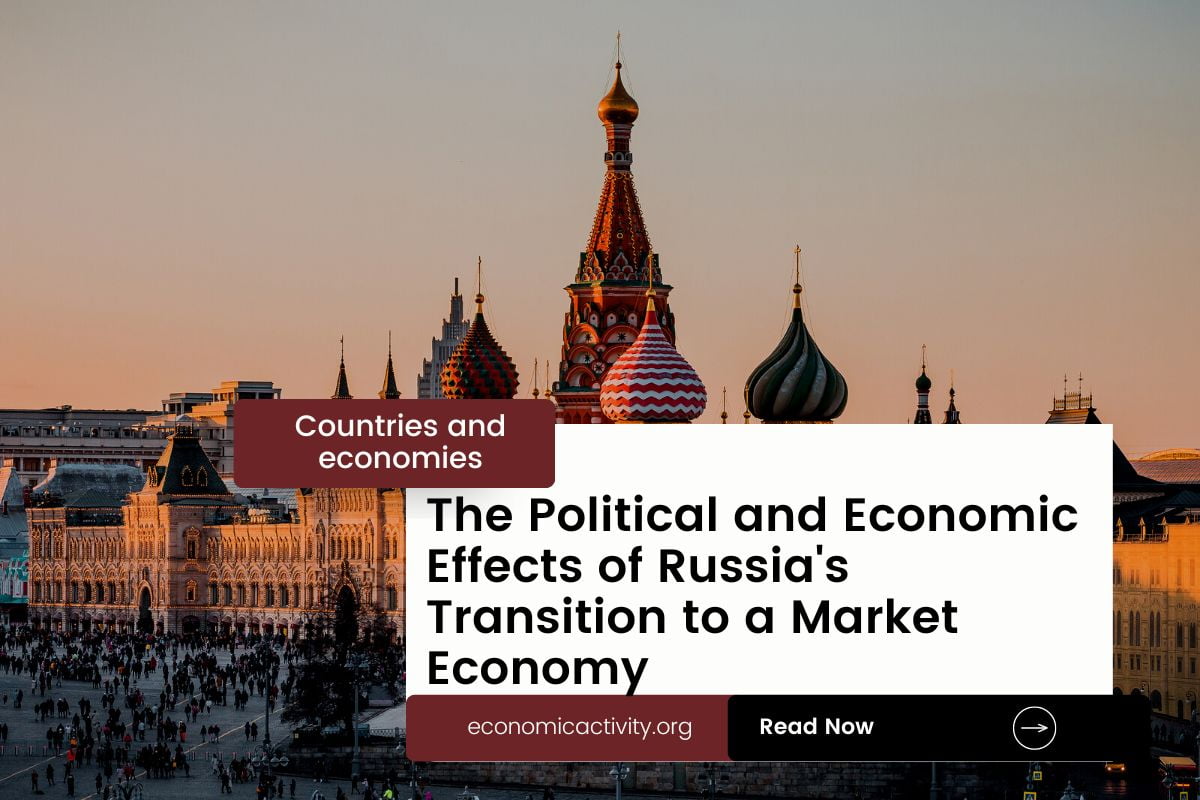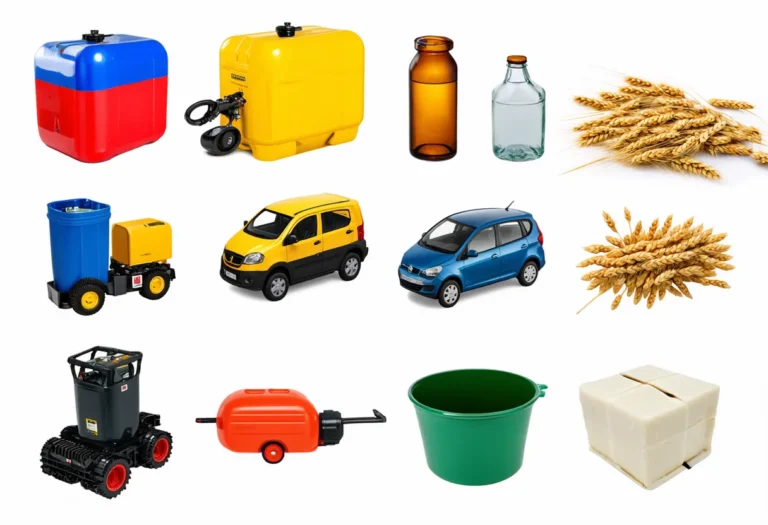This article is about the current economic system of Russia (2023)
What is the economic system of Russia? The economy of Russia is based on a mixed economy. The country’s economic system combines elements of a market economy and a planned economy.
Russia’s economy, one of the largest globally, is driven by energy exports, mainly oil and natural gas. Other sectors include mining, manufacturing (automotive, defense), and agriculture (wheat, barley). It also has a significant services sector, including IT and retail.
In Russia, the economy is composed of a private sector, consisting of individuals and businesses that make autonomous decisions based on self-interest, and a public sector, where the state determines the production and distribution of certain goods and services. No country is purely capitalist or purely communist.
What do the freedom indexes tell about the economic system of Russia?
Now, to determine if a country is mostly a market economy or a planned economy, it is useful to examine some economic indexes. For instance, according to the 2022 Index of Economic Freedom, which measures the ability of every human to control his own labor and property, Russia is ranked 113th globally and 43th in Europe indicating that the country has a mostly unfree economy.
In a similar way, the 2022 Freedom House index evaluates the state of political rights and civil liberties globally. Generally, market economies tend to align more with democracy and freedom, while command economies tend to be characterized by greater state control and fewer democratic and civil liberty protections. Russia gets a score of 19/100, which qualifies it as Not Free.
Russia is a country where the government controls what people do for political reasons, and people have limited freedom to choose (what, how much, and how to produce, whether to buy or not, selling price, etc.)
The Link Between Public Sector Employment and the Economic System of Russia
An indicator of the extent to which the State is involved in the economy is the number of public sector employees. In Russia, according to ILOSTAT, the number of public sector employees as a percentage of the total workforce is 40.6% (2011). Which is way higher than most of the countries which average about 10%.
In the country’s mixed economy, the number of public sector employees as a percentage of the total workforce varies based on the specific policies and practices adopted by the State. Some economic activities are left to the private sector while others are under government control. The bigger the public sector the closer the economy is to being a command economy.
What do the biggest companies in Russia say about the country’s economic system?
The biggest company in Russia by market cap should also be looked at, as well as whether it is a state-owned or private company. In this case, Sberbank is Russia’s largest bank and a leading global financial institution. Founded in 1841, it provides retail, corporate, and investment banking services.
The company is majority-owned by the Russian government. As of my knowledge cut-off in September 2021, the Central Bank of Russia is the principal shareholder, holding a majority of the bank’s shares. The remaining shares are split between institutional and individual investors.
Top 10 Biggest companies by revenue in Russia (2023 data)
The historical factors that have influenced the economic system of Russia
The mixed economy system of Russia was caused by a combination of factors, including the collapse of the Soviet Union, the liberalization of the economy, and the introduction of market reforms.
These changes allowed for the emergence of private enterprise, increased competition, and the development of a more open and competitive market system. This has resulted in a more diversified and dynamic economy, with a greater emphasis on private ownership and market forces.
But, there are still a lot of remnants of the centrally planned communist economy. The economy has one of the highest public sector employees as also its biggest company is state-owned. This shows how the Russian government has still huge control over the economy and its people.





Leave a Reply